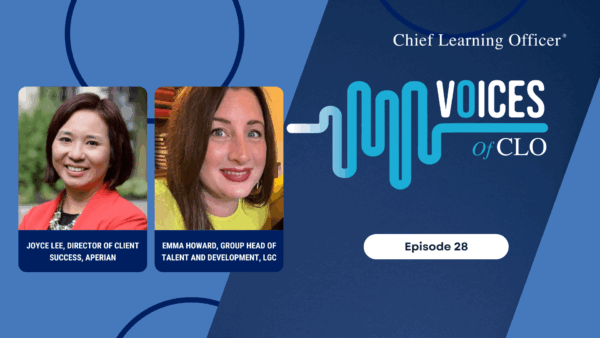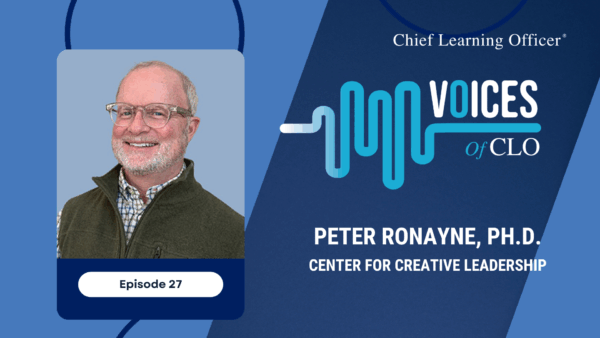Professional services firm Deloitte LLP needed a way to increase engagement on the Deloitte Leadership Academy, its online learning portal for leaders.
The portal, which was launched in 2008 and gives Deloitte leaders access via their laptops, smartphones or tablet computers, was designed to streamline content into 12 areas of study and equip leaders with the competencies needed to be successful in the firm’s global business.
But a year ago the program was falling short of the firm’s desired participation, so some of its learning and digital strategy leaders got together to create a solution.
“We were thinking about how can we increase participation and engagement of this platform?” said James Sanders, product manager for the Deloitte Leadership Academy. “Because training content is not always the first thing a person thinks of when they have some free time.”
The challenge was making the learning experience on the Deloitte Leadership Academy more fun, rewarding and engaging for the user. The answer was gamification.
By maximizing variations of gaming techniques used in other traditional educational settings — such as school, where students are placed into levels, handed grades and given rewards for achievements — Deloitte’s learning leaders could motivate its workforce to increase participation in the online portal.
“People are used to being in a very ‘gamified’ environment when they’re going through an educational process,” Sanders said. “And we thought, ‘How could we replicate this digitally on the Leadership Academy?’ That’s where we started to work with Badgeville.”
Started in 2010, the Badgeville gamification platform aims to use rewards and recognition — badges — to help clients maximize engagement and drive behavior through the Web.
“We define [gamification] as taking things that work inside games and then applying them to things that aren’t games,” said Kris Duggan, CEO of the Menlo Park, Calif.-based firm. “By rewarding people, mostly by the way of purely virtual rewards, you’re able to drive a very high level of engagement that you wouldn’t otherwise see.”
After working with Badgeville on the integration for a few months, Deloitte recently rolled out the completely gamified version of the portal this spring.
“People are already earning badges, [and] people are sharing those badges on LinkedIn and Twitter, which is great because if they’re sharing with their external network then they obviously value them enough to boast about them,” Sanders said.
Users’ ability to share learning achievements through social media is also a major reason why gamification is a successful engagement driver, said Frank Farrall, lead partner of Deloitte Digital in Australia.
Also, Badgeville’s platform includes a leader board, so users can see where they stack up on learning objectives in relation to their peers.
Farrall said it’s not just people’s desire to compete with one another that has made gamifying the platform more engaging; users also have found the learning motivating because they want to try and compete against their own achievements, to “beat their personal best.”
Sanders said it’s too early to collect data showing just how much Badgeville’s usage has increased participation. But there is already empirical evidence showing more engaged behaviors in the portal.
“I don’t think this will increase usage for every single user, but there are a portion of our users that this will really engage — because they’re competitive people, and they’re driven by those types of competitive techniques,” Sanders said.
BY THE NUMBERS
$242 million: The estimated 2012 market spending on gamification, applying game mechanics and behavioral analytics in non-traditional applications.
38 percent: Current percentage of gaming market revenue derived from enterprise-driven endeavors; it was 9 percent in 2011.
47 percent: Percentage of respondents to a 2011 M2 vendor survey who said “user engagement” was the main goal in developing gaming platforms.
$2.8 billion: The estimated total size of the gamification industry by 2016.
Source: M2 Research, 2012

















